In It for the Long Haul
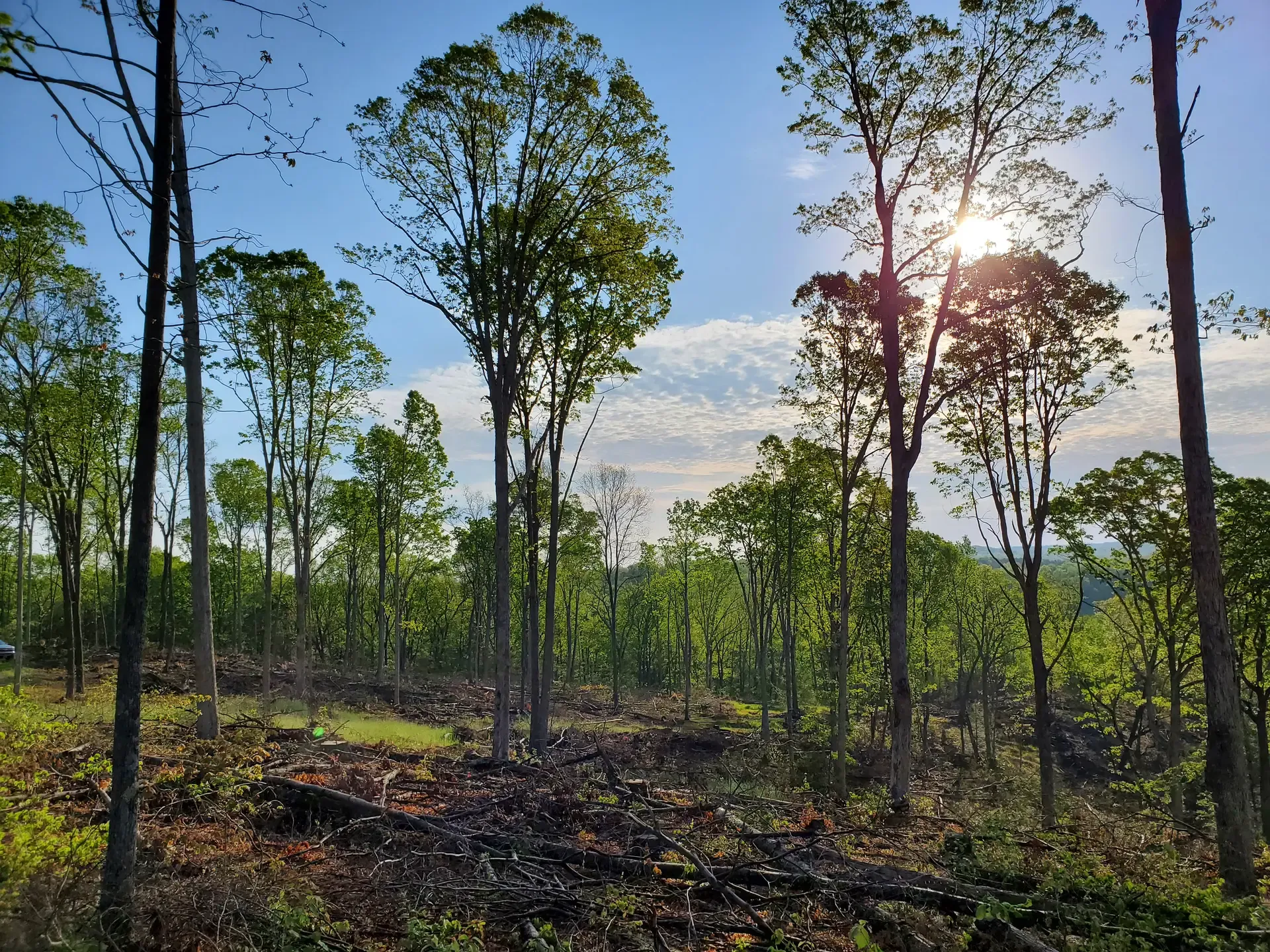
Harvest area to enhance white oak regeneration. Image courtesy of Dwayne Wright.
The thing about white oak is that it’s never in a rush, no matter how many people, animals and businesses wish it would just hurry up and grow.
Saplings devote much of their energy to developing a robust root system, but that conservative growth strategy allows trees of lesser value and invasive species to overtop them, thwarting their progress.
White oak takes 50 years or more to reach maturity, only then producing the large crops of nutrient-dense acorns that fill the bellies of countless critters, including deer, rabbit, porcupine, beaver, fox, red squirrel, black bear, pine mouse, chipmunk, raccoon and many bird species. The white oaks that do thrive typically stay a while, living 200 to 300 years on average, with one specimen in Basking Ridge, New Jersey estimated to be more than 600 years old when it died in 2016.
And even then, white oak still plays the long game. Last year, Kentucky’s bourbon distilleries filled 2.1 million charred white oak barrels with bourbon, the most on record, according to the Kentucky Distillers’ Association, and to qualify as straight bourbon, those barrels must sit idle for at least two years. Other white oak trees end up as flooring or veneer for furniture, allowing them to stick around for decades in our homes.
For white oak, time is never of the essence.
Fortunately for the sportsmen, wildlife and industries that prize white oak, the White Oak Initiative isn’t operating at that snail’s pace. Formed in 2017 by Dr. Jeffrey W. Stringer, chairman of the University of Kentucky’s Department of Forestry and Natural Resources, the DendriFund and the American Forest Foundation (AFF), the group behind the initiative is composed of businesses, trade associations, conservation organizations, government agencies, universities and nonprofits working to ensure the long-term sustainability of America’s white oak-dominated forests.
Stringer said existing inventories in white oak forests are satisfying industry demand, but if current trends continue, businesses could begin to experience shortages in 10 to 20 years, and that’s a major problem given the central role of white oak in many rural economies. The strong industry demand for white oak is cutting into supplies, and younger stands are struggling to emerge.
"We’re overcutting our high-quality stands," Stringer said. "There’s still plenty of volume out there, but it can’t go on forever, and we’ve known for a while that white oak is having trouble regenerating, so both of those things put together tell us there’s a long-term sustainability problem coming."
Hardwood Heavyweights
Stringer said several factors have helped white oak to dominate America’s hardwood forests. Among them was the American chestnut blight, a fungus that killed an estimated four billion American chestnut trees in the United States early in the 20th century. It’s estimated that the American chestnut accounted for one in four trees in many American hardwood forests, and white oak thrived in its absence.
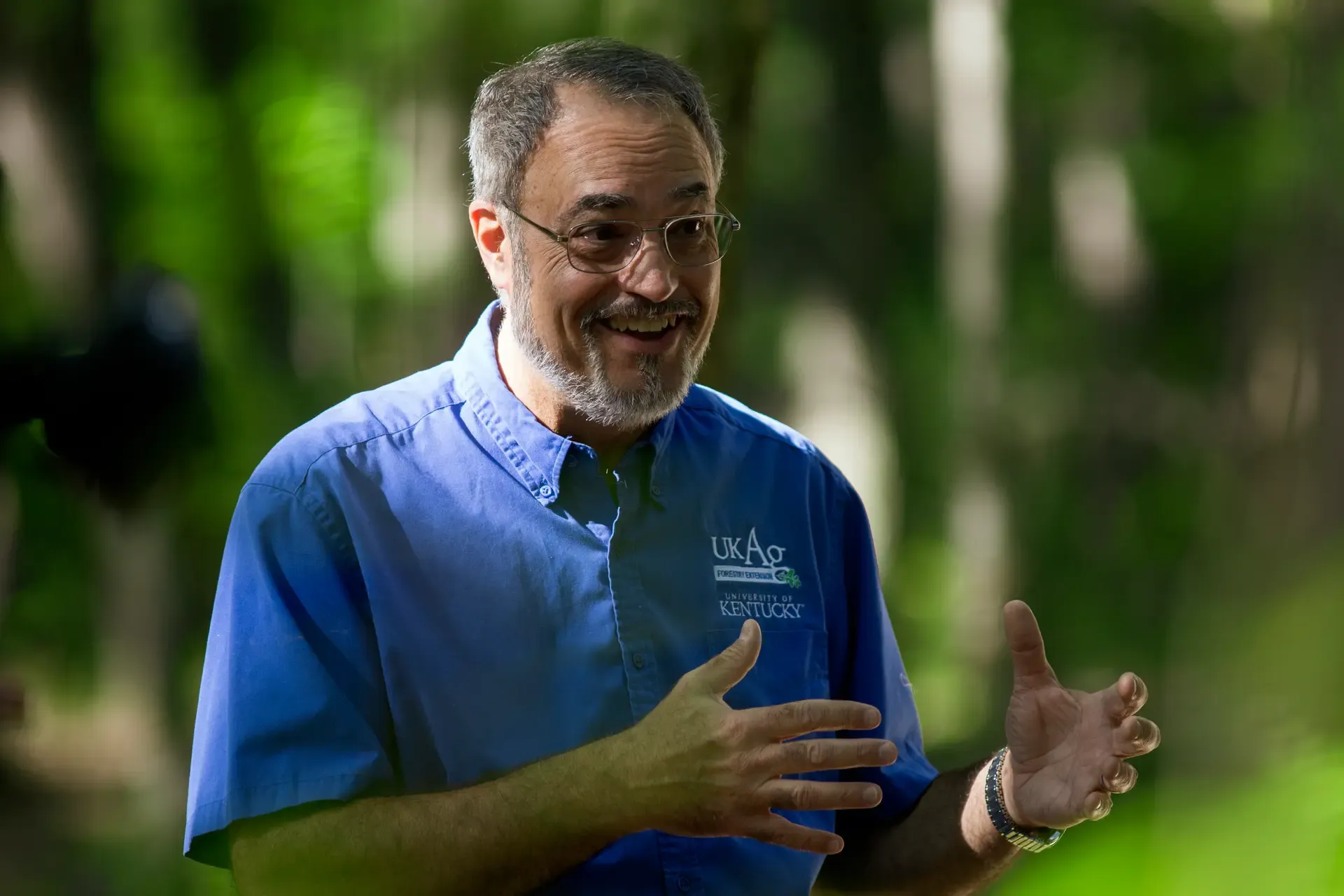
Dr. Jeffrey W. Stringer, Chairman of the University of Kentucky's Department of Forestry and Natural Resources.
Other important trends started much earlier. Evidence indicates that burning was a tool used by native cultures, and European settlement in the eastern United States and the eventual industrialization of the region furthered the use of fire in forests. Fire was commonly used to clear out pastures for farming and to manage undergrowth in forests, and steam locomotives spewing sparks on their travels led to frequent forest fires.
Steel production in the Ohio and Mississippi river basins also led to fires, Stringer said. Stone furnaces built in the middle of forests used wood as fuel to melt iron ore, and with no spark arresters or modern safety equipment present, fires were common. This long-term presence of fire is widely understood to have given oak species an advantage in many forests in the eastern United States.
"Oak likes that type of disturbance," Stringer said. "It can sprout back really well once it has big, developed root systems, so if a fire rolls through, the oak readily sprouts. Some of the thin-bark species that compete with oak, like maple and beech, are fire-susceptible, so that periodic burning that occurred by mistake, or on purpose, contributed to those competing species diminishing in many forests."
Stringer said that since fire has been largely removed from the forest-management toolbox, that trend has reversed, and species like maple and beech are now growing beneath mature white oak stands. Those fast-growing species shade out oak regeneration, so selectively harvesting those competing species and letting sunlight hit the forest floor is a central component of regenerating white oak stands.
Without fire in the mix, "it takes active management to produce conditions that are conducive to maintaining oak," Stringer said.
Creating the Initiative
To address this long-term issue, Stringer conducted the first white oak sustainability meeting in 2015, hosted by the Kentucky Distillers’ Association and the Kentucky Forest Industries Association, and industry representatives expressed interest in taking action.
Stringer later had a chance meeting with McCauley Adams, brand manager for her family’s Brown-Forman Corp. and a DendriFund board member, at a Society of American Foresters meeting focusing on white oak management. That led to a meeting between Stringer, Adams and Barbara Hurt, another Brown family member and executive director of the DendriFund.
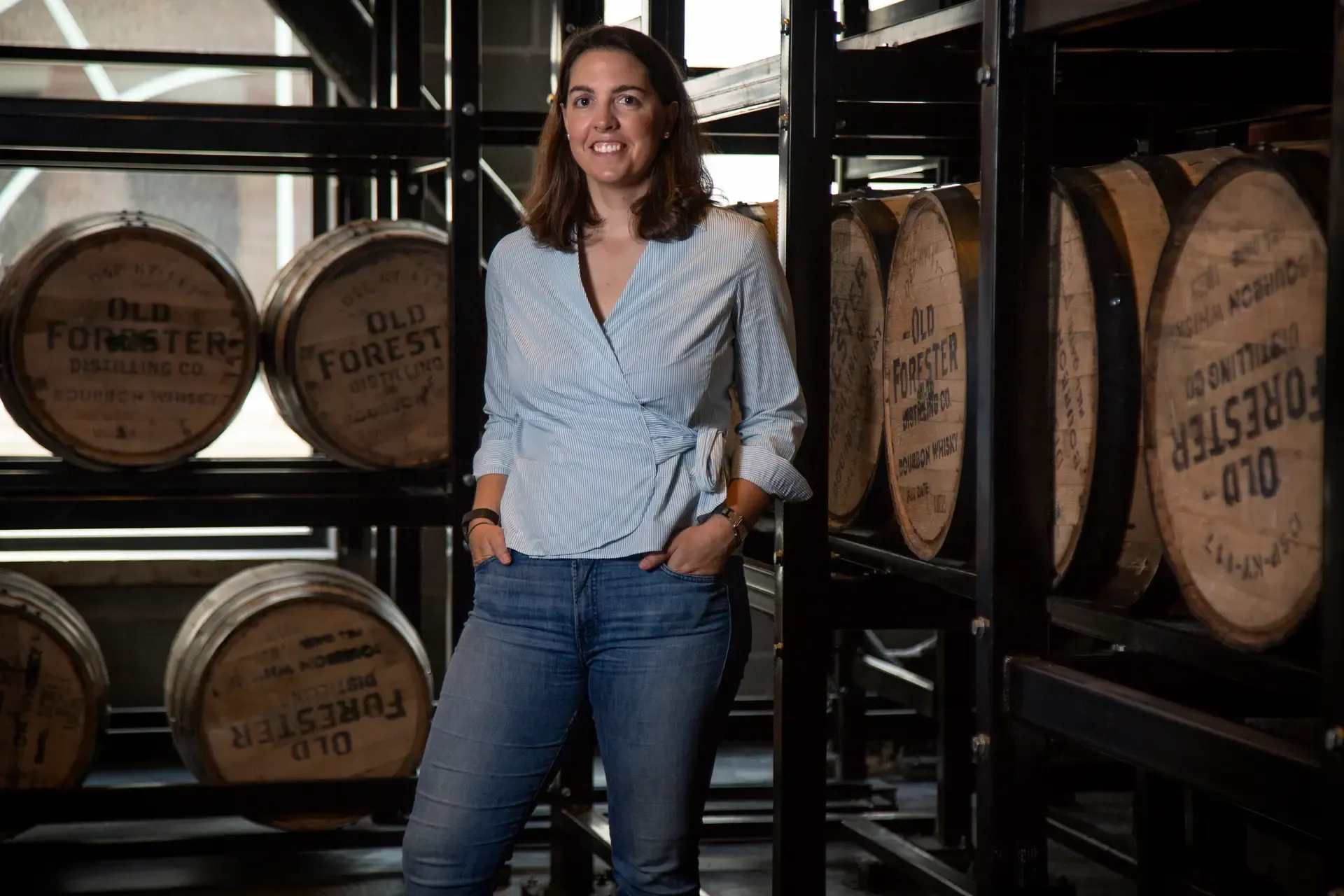
McCauley Adams, Brand Manager for Brown-Forman Corp. & Dendrifund Board Member.
The Brown-Forman Corp. manufacturers several of the most popular brands of bourbon and Tennessee whiskey, including Jack Daniel’s, Old Forester and Woodford Reserve, and owns two cooperages that supply the business with white oak barrels. Ten years ago, Brown-Forman and the Brown family established the DendriFund, a nonprofit dedicated to improving the environment and communities surrounding three essential ingredients for the whiskey business: wood, water and grains.
A second white oak sustainability meeting was held in 2017, sponsored by the DendriFund and featuring several speakers, including Tom Martin, president and CEO of AFF. The concept of the White Oak Initiative came from airport meetings between Stringer and Martin, who both recognized the ecological and economic importance of the species. Stringer, the DendriFund, and AFF then began meeting regularly and established the White Oak Initiative’s steering committee.
"The reason this is important to Brown-Forman is that we cannot make Tennessee whiskey or bourbon without white oak," said Adams, communications co-chair for the DendriFund. "It takes about 60 to 80 years for white oak to be completely mature for the type of wood that we need in our industry, so we have to be thinking 30, 60 or even 90 years out. We’re constantly looking at models, trying to figure out exactly how long this resource is going to last us and how to get the highest-quality product in the most environmentally sustainable way.
"Many of our competitors in the alcoholic beverage industry also are major players in the White Oak Initiative because we all recognize that we need this very precious resource."
Kay Reed, the U.S. Forest Service’s Director of Cooperative Forestry for the Southern region, said the White Oak Initiative is in keeping with the agency’s mission to sustain the health, diversity and productivity of the nation’ forests and grasslands, and to meet the forestry needs of present and future generations. Partnerships such as these allow the Forest Service to "work across the landscape" with all levels of government agencies, nonprofits, the private sector and private landowners, she said.
Reed said the Forest Service provides expertise to the Initiative and partially funds it through Landscape Scale Restoration grants. The agency sits on the White Oak Initiative’s steering committee, which allows Forest Service employees to help the group conduct research and develop best practices for forest management.
In addition, as the Forest Service performs restoration work on federal land, those acres become a useful educational resource, showing private landowners how to manage their forests sustainably.
"The Forest Service sees a lot of value in the White Oak Initiative," she said. "We want to keep forests as working forests. This allows us to increase the health and productivity of our nation’s forests, as well as to restore the landscape, and then we get from it the sociological, economic and habitat benefits that our communities and wildlife depend on.
"We have a greater impact on the landscape when we all work together. We couldn’t accomplish what we’re doing if we all worked independently," said Reed said. "There’s synergy behind this. We’re ensuring that these forest resources will be around for the next generation to enjoy."
A Comprehensive Plan
Since the start of the White Oak Initiative, its partners have recognized the need for an assessment and conservation plan, and in May, that work is nearing completion. After making final revisions, the partnership was hoping to publish the plan this summer, providing an update on the status of white oak in America and a roadmap for action.
The plan will showcase the group’s accomplishments to date and outline what it can expect to achieve over the next 50 years through collective action, with objectives set in 10-year increments. It also will identify the challenges facing the species, conservation efforts and the industries that rely on white oak.
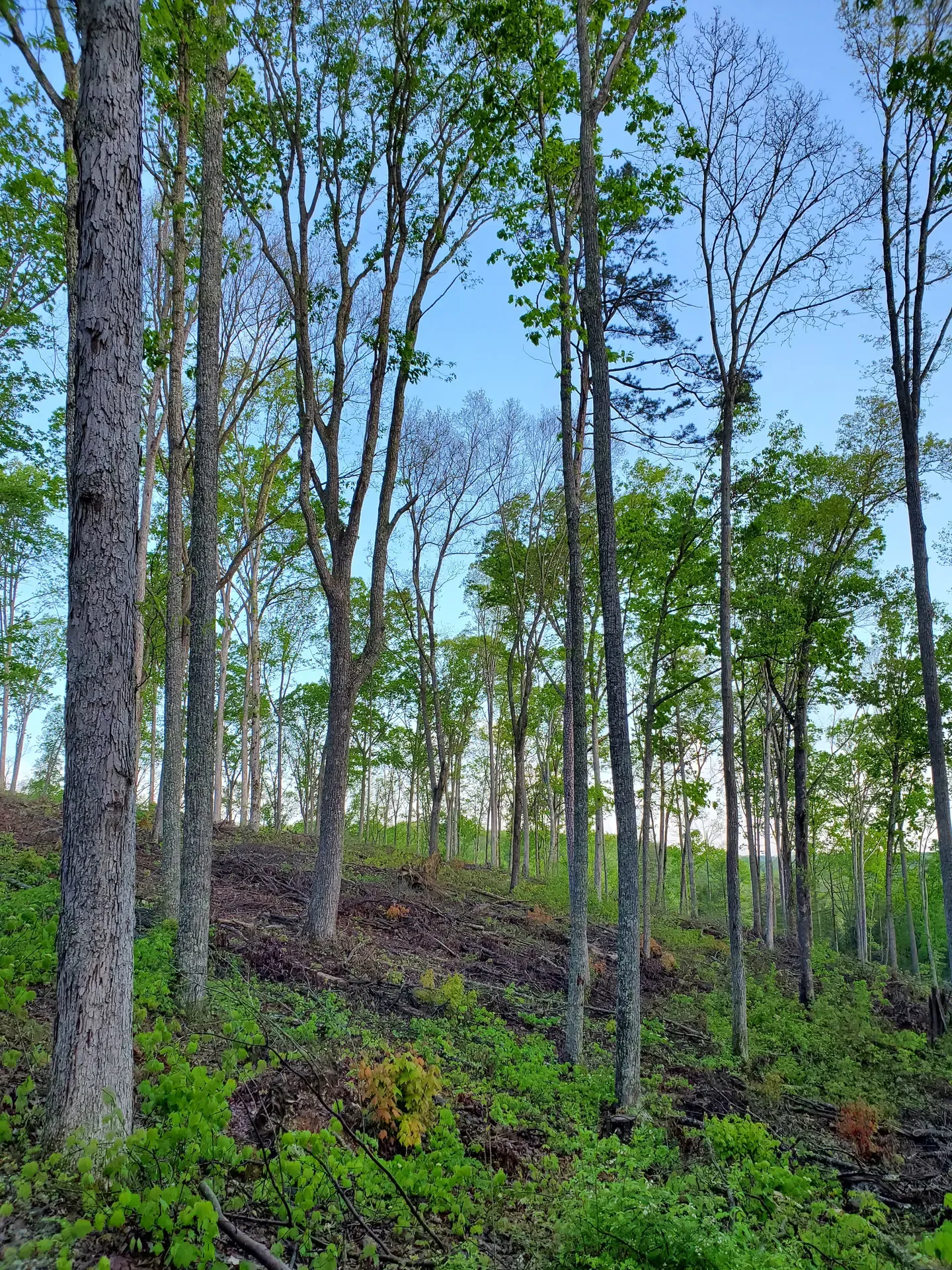
Recently harvested stand. Prescribed fire treatment will follow to enhance white oak regeneration. Image courtesy of Dwayne Wright.
The assessment included two spatial analyses of the white oak range, which stretches from Maine to Florida and as far west as Minnesota and eastern Texas, using geographic information systems software. They first identified the areas with the best ecological conditions for white oak regeneration and those areas where the need for regeneration is greatest. The presence of invasive species and deer populations, which feed upon white oak saplings, factor into decisions about whether to allocate resources to a given area.
The second analysis built upon the first by factoring in other considerations, including the location of mills that provide a market for white oak timber and competing species, land ownership patterns across the range, where other conservation groups are working and where there is a high concentration of consulting foresters available to aid landowners.
One key takeaway from the assessment is that while white oak remains prominent across the eastern United States, white oak forests are aging, with about 75% of stands classified as "mature or older," according to Melissa Moeller, Director of Northern Conservation and the White Oak Initiative for AFF. The death of young white oak stands means there isn’t enough diversity in terms of age classes among white oak forests, and improving that balance is one of the main goals of the initiative.
In developing the plan, the White Oak Initiative surveyed thousands of private landowners and other stakeholders, and the results indicate that more outreach is necessary. Given that private landowners own most forested acres in the East, engaging these landowners is of paramount importance to conservation efforts.
"We found that most landowners want more oak in their forests," Moeller said. "It’s a preferred species. However, they feel that they don’t have the information they need to take action and ensure that they have oak in the future. In some cases, they have the information they need and want to act, but the management activities are costly upfront, and the return on investment is decades in the future. So, cost is a big barrier."
The survey found that the aesthetics of managing forests for white oak is another obstacle, Moeller said. For oak seedlings to regenerate, they need large openings in the canopy so sunlight can hit the ground, and some landowners prefer a more-closed canopy.
"To be frank, it’s not as pretty as doing nothing or managing your land for other purposes," Moeller said.
Looking ahead, the plan calls for state and federal policies to promote research and advance the conservation efforts occurring on private and public lands. It also outlines a communication strategy to build public support for those policy solutions, push legislators to take action and reach stakeholders of all types, including consulting foresters, loggers, businesses, industry groups and landowners.
Addressing the long-term supply of white oak is an ambitious goal that will take decades, but Adams said people should be impressed by what the White Oak Initiative has accomplished in just a few short years.
"The White Oak Initiative definitely is near and dear to my heart, both personally and professionally, and it’s doing some amazing things," she said. "We have incredibly committed members, we’re bringing competitors together for a greater good, and we have been able to influence policy at the state and federal level. It really is amazing to see how well this group has come together in such a successful way.
"The work of the White Oak Initiative still is in its infancy, and it has a long runway ahead of it, but I’m grateful to be a part of it."
This piece was originally published as part of AFF's quarterly magazine, Woodland Magazine. You can read the full piece in the digital edition of the publication.
Related Articles
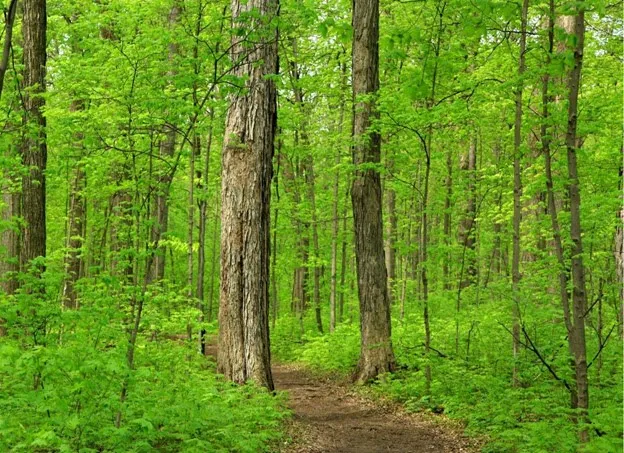
June 25, 2024
Updates to the Family Forest Carbon Program’s Forest Management Practices
As the Family Forest Carbon Program expands into new regions, new forest management practices are developed, tested and optimized to provide value to landowners and the environment.
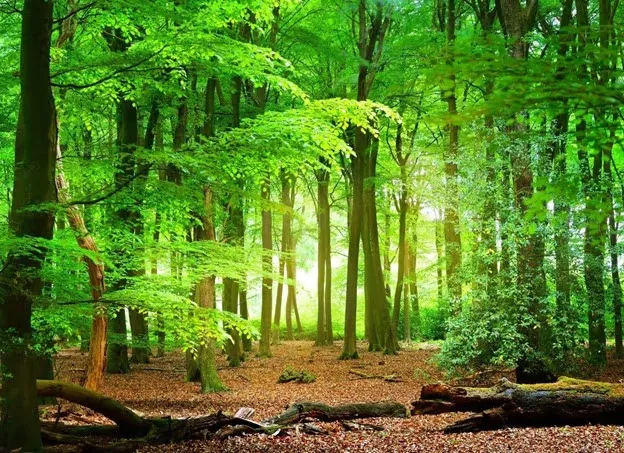
May 28, 2024
The Latest News on the Family Forest Carbon Program
The Family Forest Carbon Program is continuously expanding, with landowners in more states and counties eligible every year.
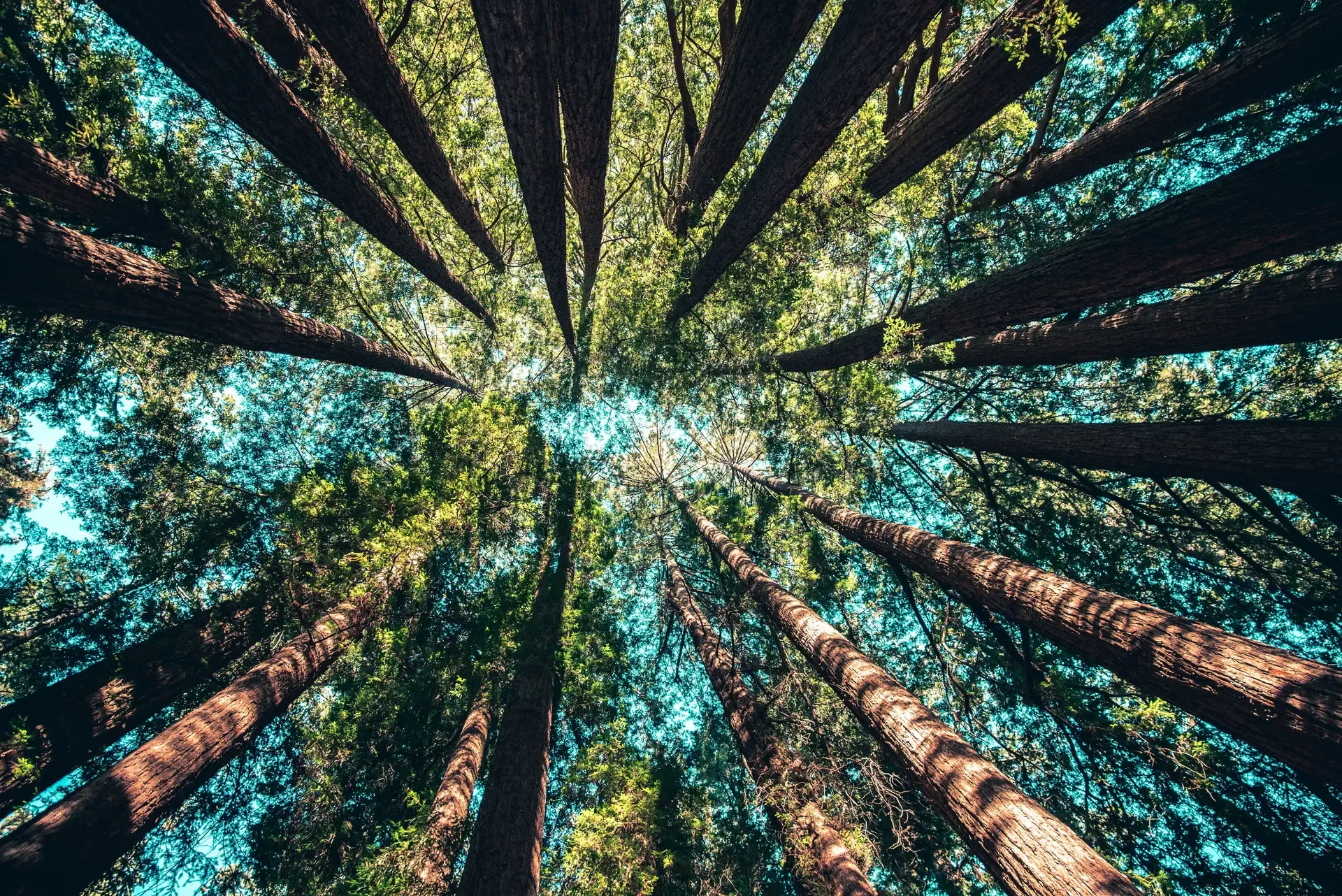
April 16, 2024
Get 20% More in Payment Value with the FFCP Premium Option
You can receive 20% more in payments with the premium option, and if you meet its requirements, you gain access to beneficial funding sources from the USDA.